
Travel
Colourful Cardiff
A City of Welsh Charm
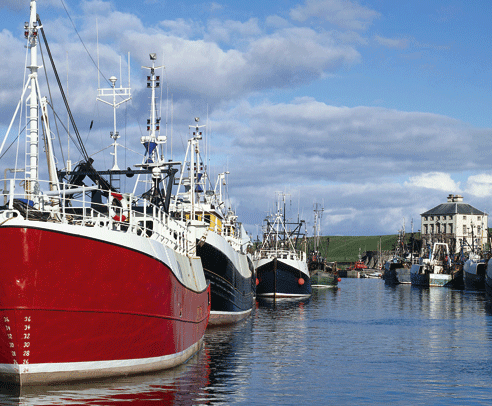
Colourful and confident, Cardiff is the United Kingdom’s youngest capital.
It has swiftly grown into its new status when designated as such in 1955 and has now come of age
with the opening of the National Assembly for Wales in Cardiff Bay.
By: Veronica Maria Garbutt
Indeed you could spend a whole weekend exploring the razzmatazz of docklands with its gleaming waterside cafes, restaurants and Millennium Cultural Centre. But to do so would mean missing out on the historic charm of the city and the many attractions around its outskirts.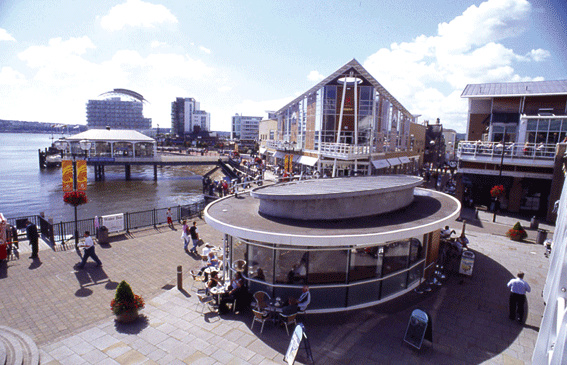
The Romans are known to have settled in the area in CE 60-90 and in 1091 the Norman Robert FitzHamon arrived, building his primitive fort on the site of his Roman predecessors. By the late 13th century there were 2000 inhabitants already enjoying a charter. But it was not until the Industrial Revolution that modern Cardiff was born—its population increased to 30,000 by the mid 19th century.
The city’s first dock was built in 1839 by the second Marquis of Bute. The Butes, who were the leading landowners in the rapidly industralising South Wales valleys, cannily required that all coal and iron exports pass through their docks in Cardiff. Today signs of the Bute family can be seen all over the capital ranging from Butetown (Tiger Bay), Bute Park, Bute Docks and Bute Street. Their and Cardiff’s wealth came from the Glamorganshire canal that brought iron and coal down the Taff Valley from Merthyr Tydfil. By the turn of the 20th century the city’s population soared to 170,000.
Last century saw swinging fortunes. Life began to ebb out of Cardiff’s docklands after World War I, and in the last war, the city and docks were damaged by air raids. The coal trade declined and the docks shrank until in recent years a new pattern has emerged with a replanning of the docks for timber, oil and general cargoes. The eighties saw the opening of go-ahead landmarks like the St Davids Centre. While in 1993 came the opening of the 5,000 seat Cardiff International Arena and World Trade Centre.
Today Cardiff is the fastest growing city-break destination in the UK. The city’s evolution has been catalysed by a number of giant developments such as the superb National Assembly, Millenium Stadium and the Millenium Cultural Centre along with all the other swanky buildings in the rejuvenated Bay Area. The capital is home to SC4, the BBC Welsh Language Channel and a large university adds yet another vibrant layer to this energetic cosmopolitan capital.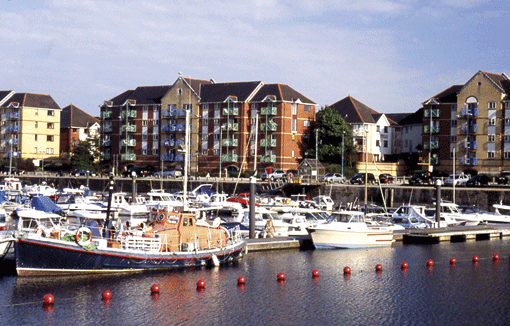
Central Cardiff is best explored on foot. A shopping, eating and entertainment area– complete with Victorian arcades–is bordered by the High Street, Queen Street, St Mary Street and Mill Lane. The main bus station and Cardiff Central railway station can be found in this zone along with what Cardiffians consider the greatest civic centre in the Commonwealth.
Adjacent to City Hall lies the National Museum and Gallery of Wales, built in white Portland stone. One of Britain’s finest museums it showcases natural history, the evolution of Wales and art—especially the impressionists. Native artists are also well represented, among them Gwen and Augustus John, Thomas Jones, Cedric Morris and Frank Brangwyn. And of great interest to children is the Glanely Gallery where the young ones can use interactive computers and study various items through microscopes.
The major landmarks of central Cardiff are the castle and Millenium Stadium. Cardiff Castle dominates because the city fathers have banned high rise buildings around it. Originally a Roman fort, it was rebuilt and enlarged by the Normans and restored and extended in 1865-72 by the Marquess of Bute. Within the walls are the Welsh Regimental Museum and the Regimental Museum of 1st the Queen’s Dragoon Guards. Both are a treat for military buffs with shiny displays of medals and uniforms.For rugby and football fans, the spectacular 72,500 capacity Millenium Stadium is a must. It’s also worth taking a turn if you are not in town on match days; you get to walk through the players’ tunnel and sit in the VIP box. And when the singing starts on a rugby international day, it reverberates around the whole city.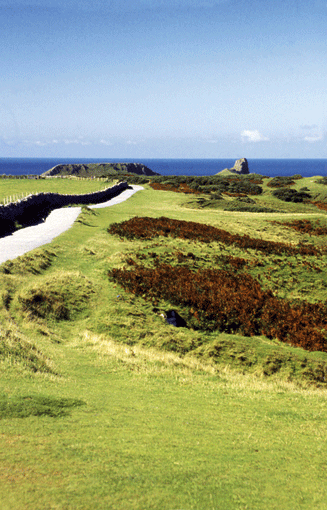
From Bute Park and Taff’s Mead Embankment you can catch the waterbug to Cardiff Bay. Here the first stop should be the visitor centre housed in a telescope like tube on the harbour’s eastern side. Here you can pick up maps and booklets on the area and its history and study a large model of the development.
The flagship building is the impressive Wales Millenium Centre, a giant performance space for theatre which soars over the bay in striking style. Across the shiny copper coloured façade is a large inscription with 20-metre-high letters in Welsh and English. It reads ‘In these stones horizons sing, creating truth like glass from the furnace of inspiration’. Every day you can catch free performances of poetry, usually around midday and 6 pm.
Next door lies the state-of-the-art National Assembly for Wales beside the Neo-Gothic redbrick Pierhead Building. This ornate edifice was built by the Bute family to make an impression on maritime traffic and is one of the bay’s few Victorian survivors. From here you can wander across Roald Dahl’s Square, named after the local children’s author to the whizzy retail and leisure complex known as Mermaid Quay. Be sure to stop for coffee or a meal at St David’s Hotel and Spa. Its soaring, angular glass roof appears like a bird all set to take flight.
Before leaving Cardiff, be sure to take a trip down to the seaside at Penarth. This Victorian era resort is all of genteel parks and terraces and a spindly wooden pier stretching out to sea. Another must visit is the open-air Museum of Welsh Life at St Fagans, some 7 km from the capital. Here the Denwen bakehouses produce traditional bread every day, animals roam the grounds and a water wheel turns the grinding stones of Melin Bompren flour mill. Of special interest here is a row of ironworkers’ cottages which showcase working class life over the past two centuries.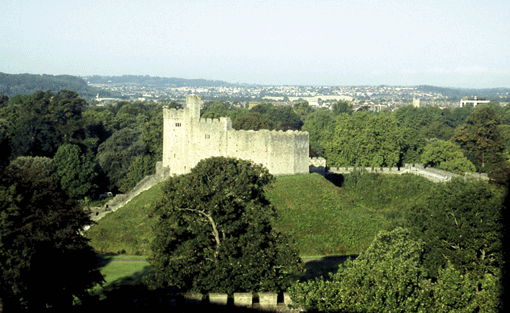
Some 40 kilometres along the coast lies the personable town of Swansea (Abertawe) which boasts a testy charm and a memorable docklands development complete with the Dylan Thomas theatre, excellent maritime and industrial quarter and several alfresco restaurants. The port area is also home to a Technium complex designed to assist overseas companies set up shop in Wales. The city also boasts some 50 parks which makes it colourful in spring and summer. But the main attraction is the bustling market where such traditional local foods as cockles and laverbread (made with seaweed) can be sampled.
On the southern side of Swansea Bay lies the Mumbles, a popular resort area with good watersports facilities, the Gower Peninsula with the fabled 5 km sweep of Rhosilli Beach and to the north of Cardiff and Swansea lies the green, green hills of the Brecon Beacons, set high above the ex-industrial heartland, beckon. Happy trails!